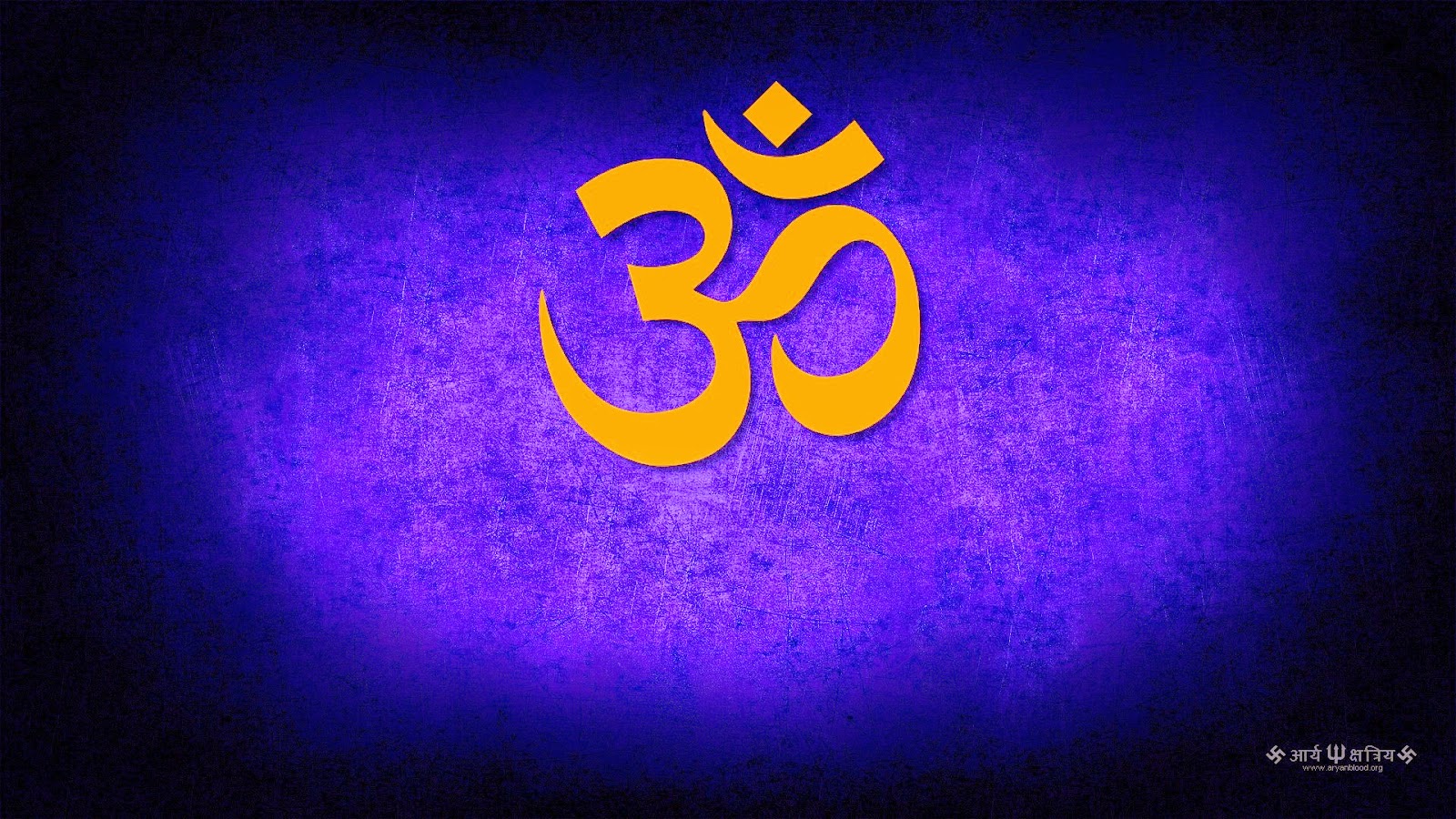1.The Realisation of the Absolute : 1-(d)-1.

The Realisation of the Absolute : 1. Introduction : (d)Truth and Its Quest : 1 The Upanishads do not declare that Truth is a state of dynamic change and action, all which marks limitation and imperfection, but one of perennial calm, limitless joy and permanent satisfaction. Change is othering, altering, movement, which is activity, an effort exercised to achieve an unachieved end, which is the characteristic of an unsatisfied imperfect being. This cannot be the Nature of Truth, for Truth is ever-enduring and has no necessity to change itself. Change is the quality of untruth and the Upanishads assert that Reality is Self-satisfied, Self-existent, Non-dual, Tranquil and utterly Perfect. An appeal to the inwardness of consciousness expanded into limitlessness is the burden of the song of the Upanishads. In this respect the Upanishads are extremely mystic, if mysticism does not carry with it an idea of irrationalism or a madness of spirit. The transcendental mysticism...



.jpg)
.jpg)
.jpg)
.jpg)
.jpg)
.jpg)
.jpg)
